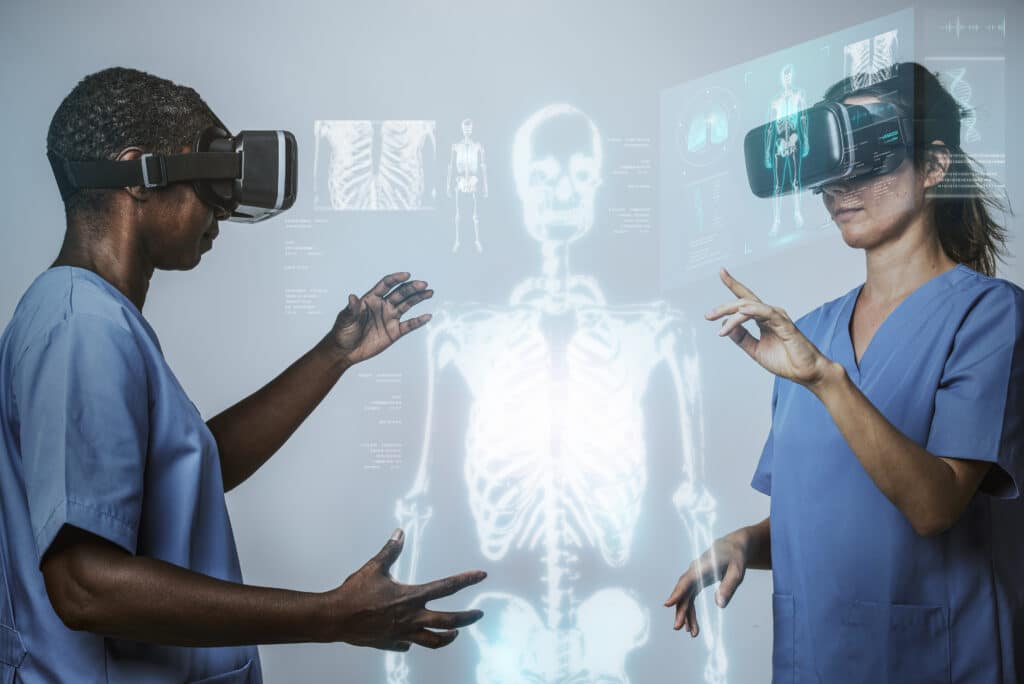HOW MAY I ASSIST YOU? ARTIFICIAL INTELLIGENCE; A SUPERHERO SIDEKICK TO THE ORTHOPAEDIC SURGEONS
Technological innovation is progressing at an unprecedented rate. Computer-navigation, robot-assistance and three-dimensional digital planning are already prevalent in many parts around the globe. As computer processing capacity increases exponentially, and software algorithms are developed and refined, medicine and orthopaedic surgery have started to incorporate artificial intelligence (AI) systems. These applications, not very long ago, were thought the stuff of science fiction movies, and yet, here they are, already in clinical use in some settings and are likely to expand in the near future1.
Orthopaedic surgery addresses the injuries and diseases of the bones and joints, tissues that enable locomotion. The skeleton, and its subtle pathologies, can be well visualized by using techniques such as radiography and computed tomography (CT). The soft-tissue lesions can be diagnosed reliably by using modalities such as magnetic resonance imaging (MRI). There is little doubt that orthopaedic surgery is maybe a field that can greatly benefit from using machine-based methods to integrate and interpret the results from these imaging modalities2.
Artificial intelligence (AI) is not a new field or a new concept for medicine. Artificial intelligence has many branches, and machine learning is the one that interests the clinicians the most. Machine learning aims to make computers adapt, so they can assess our input and give the output by analysing the provided information. Computers can learn to do things by themselves, sometimes better than we can understand, and this creates many new possibilities3.
AI has the ability to massively transform the field of orthopaedics in so many different ways. From diagnosis to surgery, AI can help orthopaedic surgeons make better decisions, perform the precise techniques accurately, and manage their work more efficiently. AI has already shown its potential in enhancing or speeding up the diagnosis process, such as identifying and categorizing diseases, or finding out the types and models of implants in the body4. A bunch of top-notch studies have recently hit the scene, clearly demonstrating how artificial intelligence systems are making surgery planning for hip and knee replacements a whole lot easier. These papers aren’t just dry words and graphs. AI systems have shown to achieve near-perfection, with accuracy levels soaring as high as 99.6%5. It’s like having a superhero sidekick for surgeons! Just imagine that your typical clinical tasks, the kind that usually eat up precious time, are now getting done in the blink of an eye. In a jaw-dropping study, Murphy and his colleagues managed to recognize implants in less than a second! Yep, you read that right – 0.96 seconds. And they did all of this using an age-old iPhone 66.
In orthopedic surgery, AI has already become the talk of the town. With the expansive wealth of patient data, sky-high expectations for post-surgery success, and a collective drive to up our healthcare game, AI has taken charge. It’s transforming orthopedics by excelling in image recognition, making diagnoses, and identifying implants. But this just doesn’t end here. AI predicts risks, figures out cost-effective outcomes, and guides clinical decisions. It’s like a crystal ball for healthcare. Whether it’s knee or hip replacements, resurfacing, or shoulder arthroplasty, AI is making its mark, delivering real value. AI has even been shown to grade osteoarthritis from X-rays as accurately as qualified orthopedic surgeons, but in a fraction of the time7.
Pathologic features (like fractures) can be detected more accurately by removing irrelevant image features from the training data. This way, only the features that matter are considered, and human errors are reduced. 3D templates and surgery plans can be made with more than 90% accuracy, while the old method using acetate sheets only had 56.7% accuracy8. Also, the effect of each patient’s pelvic tilt on how stable their hip replacement is can be measured and used to guide the surgery.
AI isn’t just another cool addition to the arsenal of medical field; it’s a game-changer and a potential money-saver, too. Because less time spent fiddling around with manual identification means more time and resources for what really matters – patient care. So, if you’re into the future of healthcare, this is what lies over the horizon.
Kinomatic is currently working on AI modules to assist surgeons in making the best operative decisions. To learn more about how Kinomatic integrates technology with orthopedic surgery, head to our website: www.kinomatic.com
